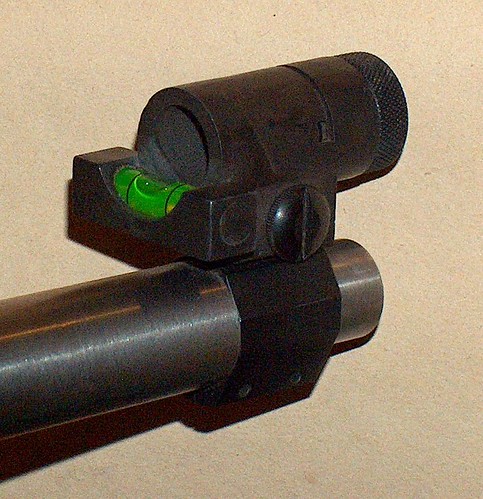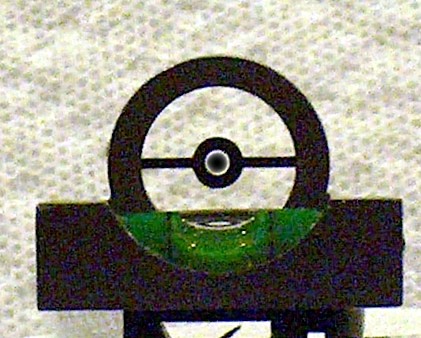Gyroscopic precession, same as on a kids gyroscope, responds to any turning force applied to the spin axis by moving the axis at 90° to it. As the bullet flies, the fall due to gravity causes the trajectory to bend. If the bullet were to be pointing as perfectly straight into the path of the trajectory as possible, its axis would have to be on a line tangent to the arc. Precession, through the epicyclic mechanism, keeps working to correct the bullet point into the air stream, but with the arc constantly angling further down, it is never able to quite get there. As a result, there is always a very small upward pitch of the bullet off the trajectory, accompanied by a larger yaw angle to the side representing precession's 90° response to the overturning force caused by that upward pitch into the air stream.
The yaw in flight is called the yaw of repose. The faster the spin relative to the drag force on the nose pitch, the bigger that yaw angle is. In a right hand spinning bullet, the yaw is to the right (and vice versa). The yaw angle is typically on the order of a few thousandths of a degree, while the upward pitch is on the order of ten times smaller than that. So the overall angle off tangent to the curve is pretty small and mainly to the side. That yaw presents a very slightly sideways profile into the wind, creating drag that pulls the bullet to the right. The amount that drag moves the bullet by the time it gets to the target is spin drift. The even smaller upward pitch component creates a small amount of bullet lift, but it's so small it raises the bullet point of impact on the order of less than half an inch at 1000 yards.
As I mentioned, faster spin increases the yaw angle, so a fast spinning bullet sees greater spin drift than a slow spinning one. As Bart said, you can find calculators that take this into account. Some just assume a typical spin rate, but if you find one, like the
JBM calculator, the PM Ballistics program, or QuickTARGET Unlimited, that asks you not only for muzzle velocity, but also for the pitch of your rifling as arguments, then you likely have the full calculation invoked. It's easy to test. Just declare zero wind speed and try different twists to see if the windage correction changes.
For example, the QuickTARGET Unlimited 2 DOF software says a 175 grain MatchKing at 2700 fps MV will have about 1.3 moa of spin drift between 100 and 1000 yards if fired with a 10" twist barrel, and about 1.0 moa of spin drift fired from a 13" twist barrel. It says a 155 grain #2156 SMK Palma bullet at 3000 fps from a 13" twist barrel will have about 0.8 moa of spin drift between 100 and 1000 yards, but the difference between 800 yards and 1000 yards is only about 0.3 moa, so adjustments over a typical Long Range course of fire isn't much.
Bryan Litz's point mass solver (PM Ballistics) disagrees with QTU by about 0.1 moa. It gives the #2156 about .7 moa at spin drift with the 13" twist at 3000 fps and at 1000 yards. The 175 grain SMK gets .9 moa with 13" twist at 2700 fps, and 1.2 moa from a 10" twist at the same velocity. The difference between the two programs appears due in part to how they estimate gyroscopic stability factor (they don't get quite the same number). I'd have to play with them a little more to find what else is involved in the discrepancy, but it's not much, and I think you get the general idea.


